Mad_Cabbie
Gold Member
- Banned
- #1
In recent years, Maryland (like other states) has become overrun with invasive species.
The first real red flag was the Crofton pond northern Snakehead incident of 2002. Unbeknownst to scientist, however, was the fact that Snakeheads had already been introduced into the Potomac river around 1998.
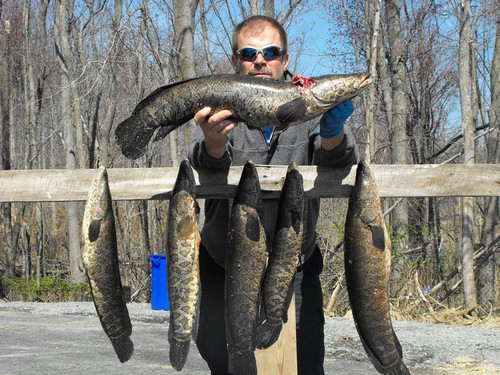

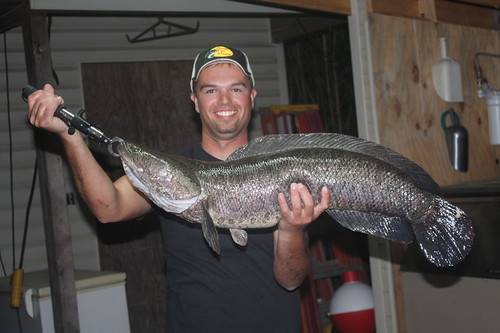

They are currently caught in large numbers on the Potomac and are spreading to other areas.
------------------------------------------------------------------------------------------------------
Back in the 1970's the Blue Catfish was intentionally stocked in Virginia rivers by the state of Virginia itself.
A few years back, they made their way up to Maryland and have seem to taken over our ecosystems.


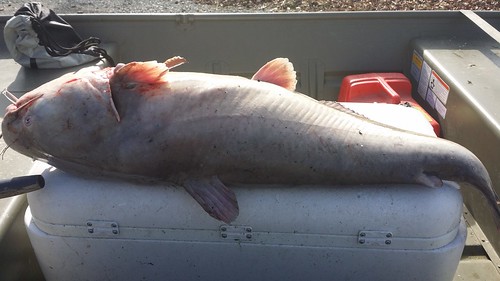

------------------------------------------------------------------------------------------------------
Now, warmer waters mean fish coming farther north --
2012 came with an explosion of formerly rare red drum that now ran into the millions. These fish winterized -- unheard of in these waters.
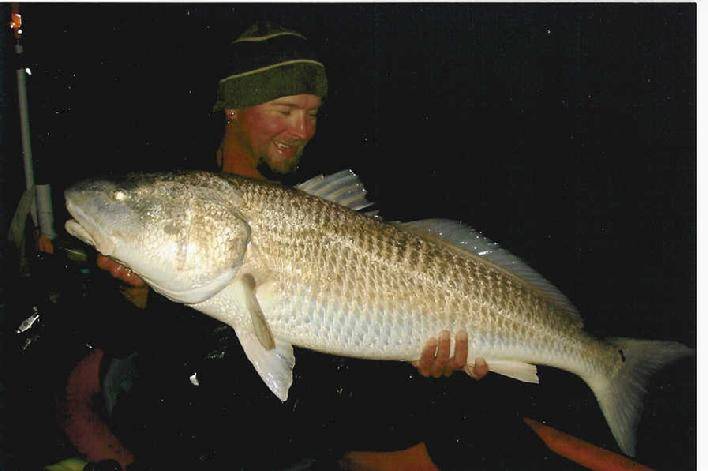

------------------------------------------------------------------------------------------------------
The Southern stingray made an appearance about the same time. I caught one last year that was at least four feet across.
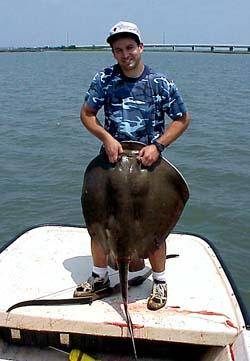
^^^ Not me!
------------------------------------------------------------------------------------------------------
Now, here's a critter that I want to introduce to ya'll --

It's called a Mitten crab.
The Chinese Mitten Crab (Eriocheir sinensis) is native to East Asia and is an established invader in Europe and the United States. The first established US population was in California’s San Francisco Bay and Delta (1980s). This crab has also been found in the Great Lakes and the US Gulf Coast, but it does not appear to have a breeding population in either region. Since 2005, over 100 mitten crabs have been found in estuaries along the US mid-Atlantic, from Maryland to New York, and its potential range includes coastal waters from Virginia to Texas.
Mitten crabs occur in both freshwater and saltwater environments. Adults migrate from freshwater to estuaries to breed. Their larvae develop in marine environments until they become juvenile crabs, at which time they migrate into freshwater tributaries. Adults spend between two and five years in the freshwater tributaries before returning to the estuaries to breed.
------------------------------------------------------------------------------------------------------
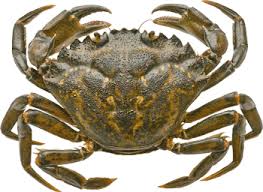
This is a Green Crab.
According to Grosholz and Ruiz (2002), the green crab is one of the most successful invasive predators in coastal ecosystems with populations established on five continents. They noted that these crabs were able to expand their range over 750 km in less than ten years on the Pacific coast of North America with populations firmly established in every significant bay and estuary from Monterey Bay, California to Gray's Harbor, Washington. Because of their ability to rapidly expand their range, Cohen et al. (1995) suggested that the species has the potential to spread and become established from Alaska to Baja California. Expansion of the range on the east coast of North America has been primarily northward.
The first real red flag was the Crofton pond northern Snakehead incident of 2002. Unbeknownst to scientist, however, was the fact that Snakeheads had already been introduced into the Potomac river around 1998.


They are currently caught in large numbers on the Potomac and are spreading to other areas.
------------------------------------------------------------------------------------------------------
Back in the 1970's the Blue Catfish was intentionally stocked in Virginia rivers by the state of Virginia itself.
A few years back, they made their way up to Maryland and have seem to taken over our ecosystems.



------------------------------------------------------------------------------------------------------
Now, warmer waters mean fish coming farther north --
2012 came with an explosion of formerly rare red drum that now ran into the millions. These fish winterized -- unheard of in these waters.

------------------------------------------------------------------------------------------------------
The Southern stingray made an appearance about the same time. I caught one last year that was at least four feet across.

^^^ Not me!
------------------------------------------------------------------------------------------------------
Now, here's a critter that I want to introduce to ya'll --

It's called a Mitten crab.
The Chinese Mitten Crab (Eriocheir sinensis) is native to East Asia and is an established invader in Europe and the United States. The first established US population was in California’s San Francisco Bay and Delta (1980s). This crab has also been found in the Great Lakes and the US Gulf Coast, but it does not appear to have a breeding population in either region. Since 2005, over 100 mitten crabs have been found in estuaries along the US mid-Atlantic, from Maryland to New York, and its potential range includes coastal waters from Virginia to Texas.
Mitten crabs occur in both freshwater and saltwater environments. Adults migrate from freshwater to estuaries to breed. Their larvae develop in marine environments until they become juvenile crabs, at which time they migrate into freshwater tributaries. Adults spend between two and five years in the freshwater tributaries before returning to the estuaries to breed.
------------------------------------------------------------------------------------------------------
This is a Green Crab.
According to Grosholz and Ruiz (2002), the green crab is one of the most successful invasive predators in coastal ecosystems with populations established on five continents. They noted that these crabs were able to expand their range over 750 km in less than ten years on the Pacific coast of North America with populations firmly established in every significant bay and estuary from Monterey Bay, California to Gray's Harbor, Washington. Because of their ability to rapidly expand their range, Cohen et al. (1995) suggested that the species has the potential to spread and become established from Alaska to Baja California. Expansion of the range on the east coast of North America has been primarily northward.
Last edited:





